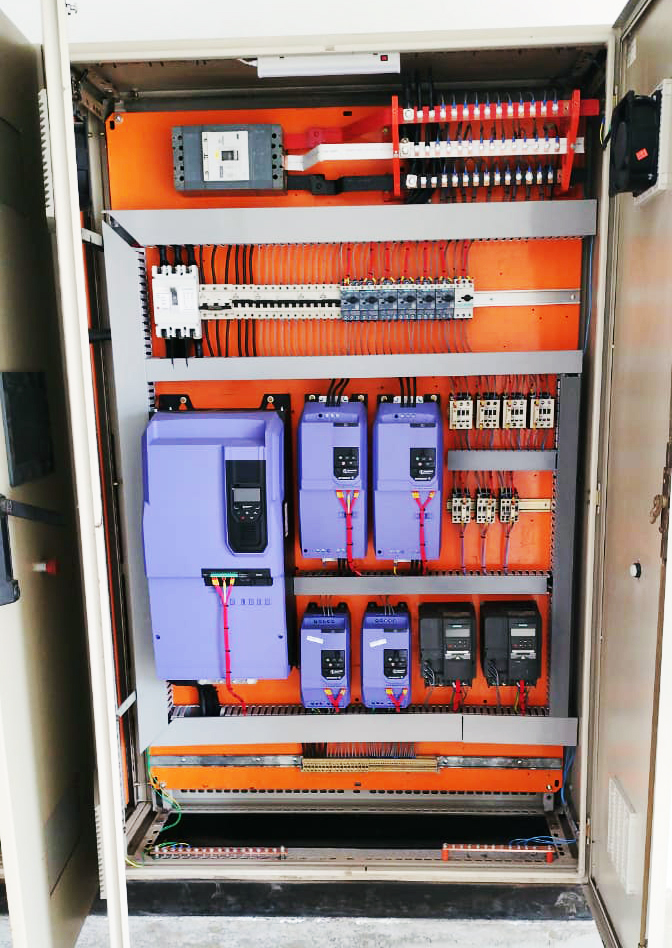Case Study
Greater efficiencies achieved at Brazilian biomass plant with Optidrive P2 Solar

Problem
The biomass plant, which converts waste material into heat and energy, previously utilised a damper-controlled ventilation system and continuously moving material conveyor to feed the burners.
Solution
Santa Carina-based Tavares Automation used Invertek Drives VFDs to optimize the plant's processes. The Optidrive E3 and P2 VFDs were integrated into the system, offering precise control and optimization capabilities.
The implementation involved replacing the damper ventilation system with a VFD-controlled setup, enabling precise control of fan speed according to the required air flow.
Tavares Automation
The implementation of variable frequency drives at a biomass plant in Brazil has resulted in increased efficiency, lower energy consumption, and reduced emissions.
The biomass plant, which converts waste material into heat and energy, previously utilised a damper-controlled ventilation system and continuously moving material conveyor to feed the burners.
This outdated set-up caused the fans to run at a constant maximum speed, regardless of the required ventilation flow. Additionally, the system suffered from inefficiencies caused by an excess of material being fed into the burners.
Santa Carina-based Tavares Automation used Invertek Drives VFDs to optimize the plant's processes. The Optidrive E3 and P2 VFDs were integrated into the system, offering precise control and optimization capabilities.
Marcus Silva, Head of Sales for Latin America at Invertek Drives, explained: "The biomass plant was highly inefficient, resulting in high energy costs and emissions. The objective was to accurately control the ventilation and optimise the biomass burning process."
Boiler efficiency, reduced energy costs and reduced emissions
Marcus emphasised the positive outcomes: "As a result, the customer achieved greater boiler efficiency with reduced biomass consumption and electricity costs. Additionally, the optimized burning of biomass significantly decreased the emission of gases into the atmosphere."
The project used Optidrive E3 and P2 VFDs, which operated at 380V and ranged from 5 to 75hp. Additionally, the energy-saving features of the drives were activated, contributing to overall energy reduction.















